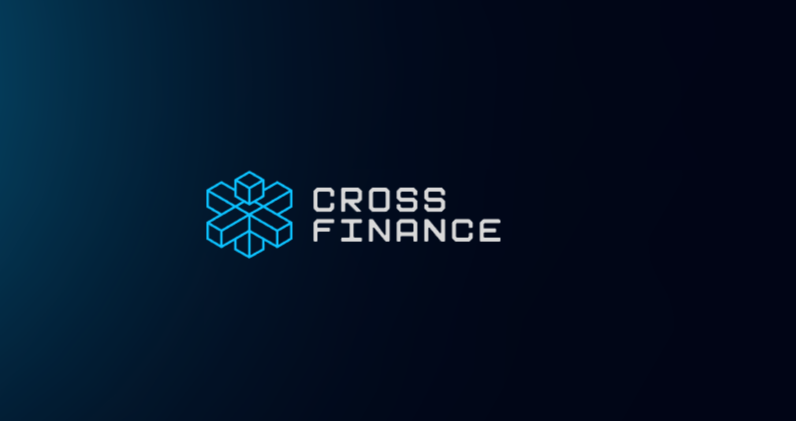- CrossFi launched its EVM-enabled blockchain to develop payment infrastructure for web3 transactions.
- This is after the successful testnet recorded over 1 million active wallets and strong validation partnerships.
CrossFi, a layer 1 payment network, has officially launched its EVM-enabled mainnet. This is a major achievement for the decentralized finance ecosystem, where businesses can make and receive payments and confidently integrate with decentralized financial services.
The introduction of the CrossFi mainnet has enabled businesses to adopt CrossFi’s decentralized payment systems into their businesses. The layer 1 network is designed for high throughput of millions of transactions per second and is suitable for crypto payments. Since most Web3 users are looking for convenient payment methods and e-commerce platforms, businesses must take advantage of this by offering such solutions that also generate revenue through non-custodial services.
The launch of the CrossFi mainnet follows the testnet carried out in partnership with CoinList, where over 1 million active wallets were created. Some of the leading validators, such as Alchemy, help the network increase its decentralization and efficiency. CrossFi’s infrastructure is also PCI DSS compliant, which is a no-brainer for global payment systems as it is a set of requirements that must be met to ensure data is secure in transit and at rest.
CrossFi Chain Focuses on Stablecoins and Synthetic Assets
Crossfi’s architecture is based on the Cosmos and Tendermint SDK, and the platform is EVM compatible, meaning it is possible to integrate Ethereum-based assets into Crossfi. This integration enhances the web3 ecosystem and supports high-usage dApps in payment solutions. The network’s transaction capacity of up to 10,000 per second is perfect for businesses that need high throughput, including those handling international transactions.
The CrossFi ecosystem consists of six components and the CrossFi chain is the core layer. This layer 1 blockchain primarily focuses on over-collateralized stablecoins, synthetic asset issuance, and compatible financial assets. The modularity is not limited to payment processing, but it also includes staking, lending, crypto-fiat exchange and virtual debit card through the crossfi app. Additionally, these services provide users with all the tools needed to control their cryptocurrency and traditional assets.
Another key component is CrossFi xAPP – a DeFi hub where users can trade tokens, link assets, mine CF tokens and provide liquidity. Other elements include XAssets, a decentralized platform for creating and trading real-world assets, and XStake, an improvement over capital efficiency for staked assets.
Additionally, the CrossFi network uses the Mint Power (MPX) token for governance and payments. MPX is used to mine XFI coins and pay transaction fees, which are expected to be $0.02 per transaction. Importantly, the governance model is decentralized and provides opportunities for stakeholders to be involved in the future of the network.

